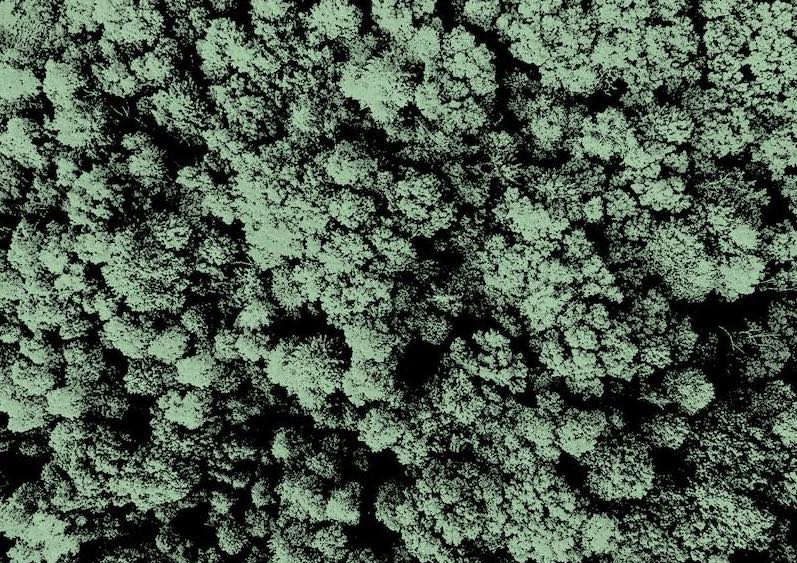What is it about?
This publication explains why love-sick shepherds in early-modern literary Arcadia, which is supposedly a (fictional) land of eternal bliss, cannot stop weeping. It demonstrates how the landscape and its inhabitants are symbiotically related to one another.
Featured Image

Photo by Neroli Wesley on Unsplash
Why is it important?
The chapter discusses the language of tears in the context of early modern theories of weeping, from religious penance to anthropology, and shows that Arcadian tears are of a fundamentally different character, as they are meant to flow incessantly. The chapter explores the mysterious interdependence between shepherds’ tears and the rivers’ waters that is the primary medium of Arcadia’s mixed emotions; presenting as a continuum, it is by means of tears and water that the community of lovers and their communion with nature is expressed.
Perspectives
The slow-moving narratives in the pastoral tradition, from Sannazaro to Montemayor and Cervantes, find astonishing ways to reflect on human emotions.
Anita Traninger
Freie Universitat Berlin
Read the Original
This page is a summary of: Tears of Love and Sorrow: the Affective Regime of the European Pastoral Tradition, November 2024, Brill,
DOI: 10.1163/9789004694613_009.
You can read the full text:
Contributors
The following have contributed to this page







